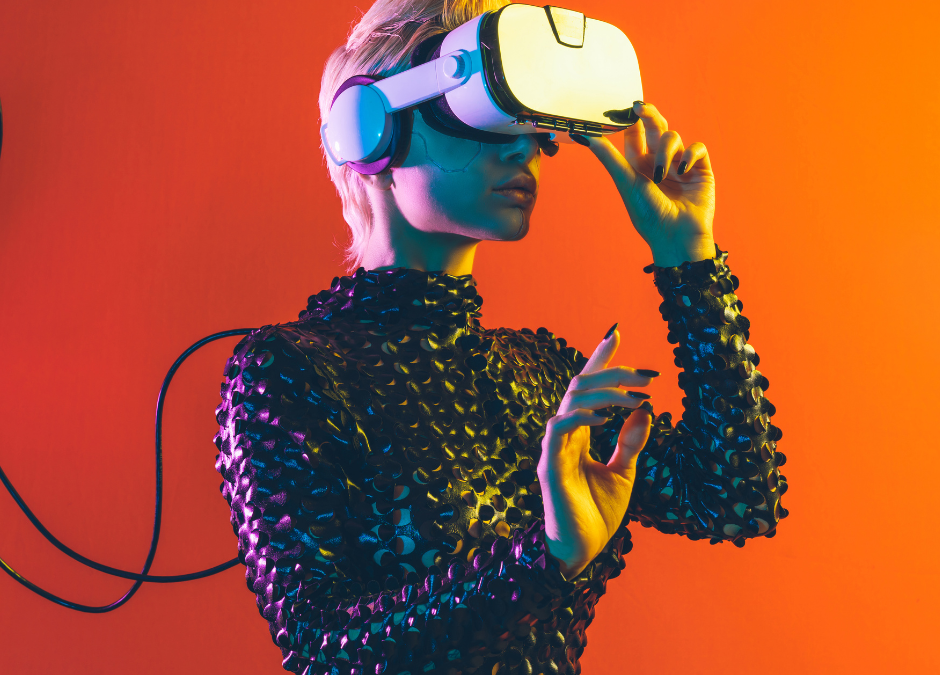The Five Most Key Takeaways from This Blog
- Google has officially unveiled its video-generating A.I., Veo.
- This can generate 1080p videos over a minute long.
- In addition to generating video content from scratch, it also has demonstrable strengths in areas like editing or modifying an input video.
- It takes multimodal prompts. Meaning, you can give Veo an image and, through the text part of the prompt, ask it to make a video out of it.
- Google has not made this widely available as of this writing. However, there are potential beneficial uses for business owners, and potential problems as well, to consider ahead of release.
A Challenger Appears
So describes the catch-up game that Google has been known for in the A.I. race, notably in relation to OpenAI’s consistent unveilings.
OpenAI announces the video-generating A.I. Sora (the Japanese word for “sky”) A.I. platform, and so you can expect that Google–give your wristwatch a quick check, will you?–will release an A.I. video-generator any day now–and here it is.
Google’s A.I. video-generator comes in the form of Veo, which on first glance eliminates the “I” from “video”, which this writer trusts the readers of this article can divine the meaning of themselves.
Oh, and the “D” from video is also gone as well, because why not, “Veo” sounds and looks infinitely better and seems more name-like than “Vedo”.
This unveiling has its very own web page on Google’s site. It features what are surely the cream of the output crops of this in-development tool. Examples include a mostly silhouetted guy (smart move; super-detailed humans in generative A.I. videos tend to look pretty weird and wonky in motion, even if there is plenty of training data in creating an actual human. Need this writer remind the readers of the “Will Smith eating spaghetti” A.I. video? The future is further ahead than many A.I. observers may realize…) riding a horse very cowboyishly in a nondescript vaguely Western U.S.A. setting.
A lot of the stuff looks pretty good, admittedly, though with a slight uncanny aspect to it, with that bright colorful and uncomfortably smooth-looking hyperrealist “more real than real” quality that you see in those POV worldview scenes when a character just took drugs in a movie.
Uses for Business Owners
There are indeed some obvious ones to consider, and some less obvious ones.
On the obvious end is creating video content for marketing and social media posts. That could involve editing and/or refurbishing old existing videos for new use as well.
This does not have to involve creating videos from scratch, necessarily, either. In fact, it may just involve you giving Veo something as simple as a pre-existing flier that you have prepared for an upcoming sale, and asking Veo to create a video with some flair and flourish to make it pop a little more when you post it to your business’ Instagram account.
But perhaps less obvious uses would be those internal uses for video A.I.
For instance, imagine using video-generating A.I. to create training materials for the onboarding process. You could do things such as giving Veo certain (non-sensitive, outside of the category of “trade secret”) data about your company’s training process and have it create a comprehensive video communicating most of that information.
Possible Problems for Business Owners
Numerous benefits considered, there are also just countless ways that this technology can be exploited in ways that can hurt businesses and individuals alike.
So like what if someone were to take a picture of another person, say like one of your employees at your business’ location, then gave that photo to the A.I. video-generator and created some unflattering video with it?
Like imagine if you ran a lettuce shop and some ne’er-do-well came in and took some smartphone candids of your employees behind the lettuce-counter then went to Veo and generated a totally fake video of those employees doing things like, who knows, clandestinely taking chunky bites out of the lettuce then selling it to unknowing customers. Or handling the lettuce without gloves, that sort of stuff. Then this stuff spreads online, and suddenly the business has a PR headache on its hands.
Other problems include overreliance on A.I. to the point where no one in the company is adept at editing or doing video work, and so you cannot get the video to 100% satisfaction. If the use of A.I. text-generating platforms like ChatGPT is any indication, there will almost always be parts of the content that you will want to edit yourself.
Overall, you will want to be mindful of the fact that video A.I. like Veo will likely have its limits, and so you can only rely on it to do well up to a certain point.


Recent Comments